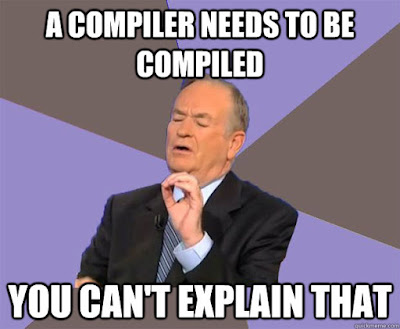Technical Overview of the CLR
This last entry based on the article titled Technical Overview of the Common Language Runtime written by Erik Meijer and Jim Miller. Basically what the authors do here is a comparison between Common Language Runtime (CLR) and the Java Virtual Machine (JVM).
The CLR is basically a platform-independent development system which enables programs from different programming languages to be run on different types of hardware and it is composed by the Common Tape System and the Common Language Specification, after being written the applications written in CLR are compiled into Intermediate language and finally compiled into the hardware in which you want to run the code by the Common Language Runtime.
In contrast, the JVM is an environment that is used to execute Java Programs, these programs are compiled into bytecode and then ran on any platform that has JVM installed. But, which one is better? And the answer is CLR, even though these two platforms are interesting and have their own strengths and weaknesses, CLR has far more features than JVM and based on the reading CLR is the clear winner of this comparison, this does not mean that JVM is a bad platform, however it lacks support of things like pointers, closures, etcetera.
This was a great last reading and I hope anyone that reads this entry manages to understand the idea of CLR and why it is better than JVM.
The CLR is basically a platform-independent development system which enables programs from different programming languages to be run on different types of hardware and it is composed by the Common Tape System and the Common Language Specification, after being written the applications written in CLR are compiled into Intermediate language and finally compiled into the hardware in which you want to run the code by the Common Language Runtime.
In contrast, the JVM is an environment that is used to execute Java Programs, these programs are compiled into bytecode and then ran on any platform that has JVM installed. But, which one is better? And the answer is CLR, even though these two platforms are interesting and have their own strengths and weaknesses, CLR has far more features than JVM and based on the reading CLR is the clear winner of this comparison, this does not mean that JVM is a bad platform, however it lacks support of things like pointers, closures, etcetera.
This was a great last reading and I hope anyone that reads this entry manages to understand the idea of CLR and why it is better than JVM.

Comentarios
Publicar un comentario